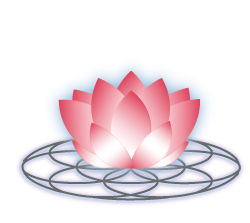The holidays are here! And with that come excitement, stress, and a sense of being overwhelmed. Especially if you’re a new mom breastfeeding your little one. What things can and can’t you do? How are you going to be able to breastfeed with all the Christmas parties, and all the people around? Should you go to the washroom to breastfeed?
First of all, breastfeeding is meant to be a intimate way you and your baby get to bond and connect. Also, you are legally allowed to breastfeed in public without fear of discrimination (FindLaw Canada). If you are uncomfortable to, and choose to go else where, that is your choice, you should not be forced to feed else where.
Moms are also allowed to enjoy an alcoholic beverage. If you can drive, you can drink. The amount of alcohol that gets transferred to your breastmilk depends on the levels of alcohol found in your blood. So before you start enjoying your drink, you should breastfeed your baby. Alcohol levels in your blood peaks around 30-60 minutes after drinking a single drink, and 30-90 minutes if drinking a single drink with food, then these levels begin to decrease. This means, that after 2 hours, most of the alcohol will have left the mother’s blood, and the breastmilk - meaning that there’s no need to pump and dump. As the alcohol in your blood decreases, the alcohol in the breastmilk will also decreases (breastfeeding.support). However, drinking can affect how you parent, and that is important to keep in mind.
Moms also don’t have to have any food restrictions (for the most part, unless you have tested to see if baby is sensitive or allergic to something you have consumed). Unlike when you were pregnant, you are welcome to eat whatever your heart desires - which means you can thoroughly enjoy your family meals and outings without worry.

